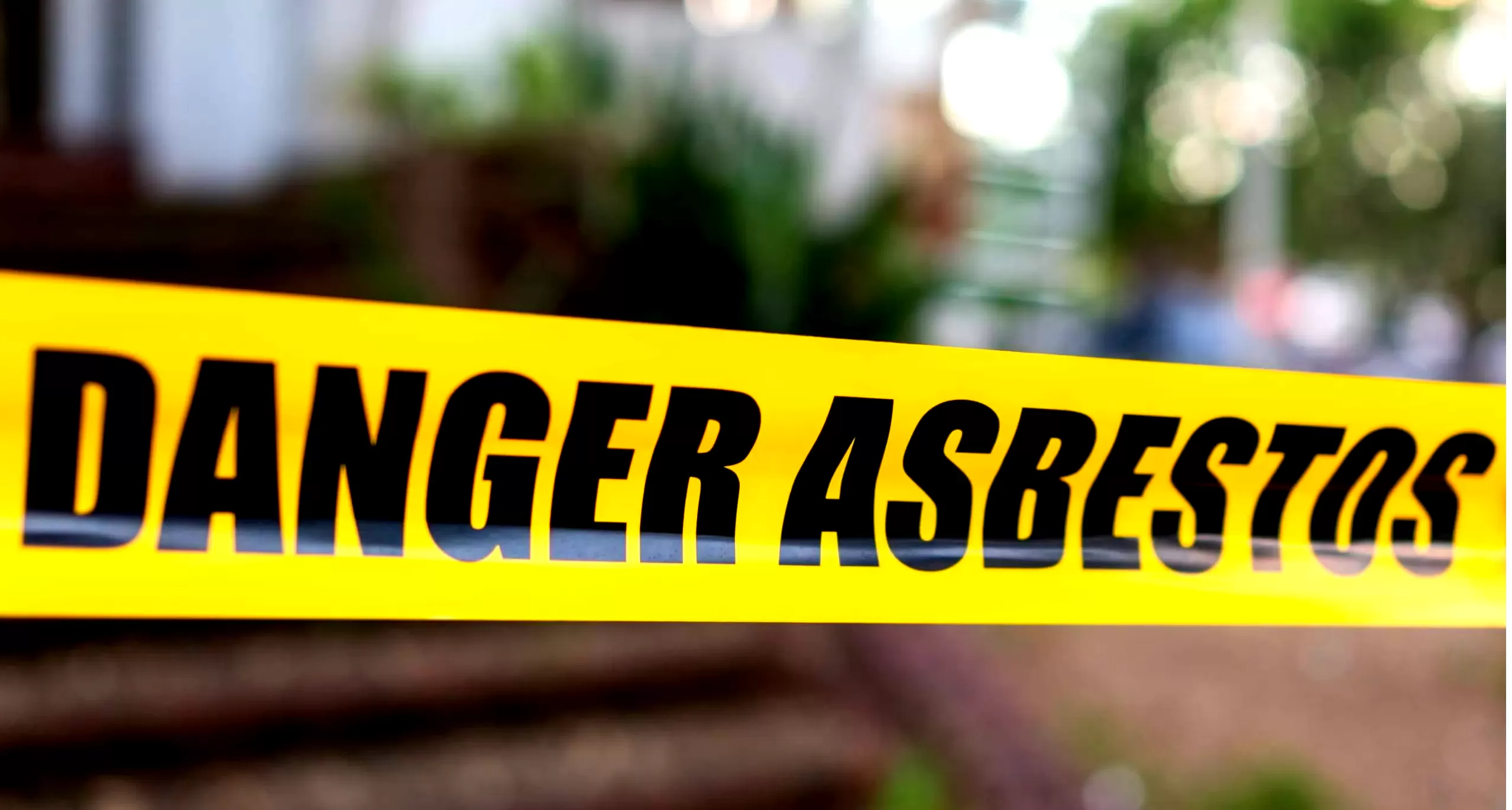How To Stop Worrying About Asbestos
Asbestos is a naturally occurring mineral used for centuries due to its heat resistance and durability. It was commonly used in the construction industry, particularly in insulation materials, until it was discovered to pose significant health risks. Asbestos fibers are small and easily inhaled, and once inside the body, they can cause a range of respiratory diseases, including lung cancer and mesothelioma.
The danger with asbestos lies in its microscopic fibers, which can become airborne when disturbed. When these fibers are breathed in, they can lodge themselves into the lining of the lungs and other organs, where they cannot be broken down or expelled by the body’s natural defenses. Over time, this damage can lead to serious health problems.
If you suspect you may have asbestos-containing materials in your home or workplace, it is important to take action immediately. Professional asbestos abatement services should be contacted to safely remove any hazardous materials from your environment so you can stop worrying about potential exposure.
Asbestos exposure symptoms
Asbestos exposure symptoms are often difficult to diagnose since they can take many years, even decades, to appear. When asbestos fibers are inhaled or ingested, they become lodged in the lungs or abdominal cavity lining. They can eventually cause serious illnesses such as mesothelioma, lung cancer, asbestosis, and other respiratory disorders. Common symptoms associated with asbestos exposure include shortness of breath, persistent coughing or wheezing, chest pain or tightness, loss of appetite, and unexplained weight loss.
In addition to respiratory issues caused by inhaling asbestos fibers, the material can affect the digestive system if ingested via contaminated food or water. Digestive system-related symptoms may include abdominal pain and swelling along with difficulty swallowing. If you experience any of these symptoms after exposure to asbestos at some point in your life – even if it was many years ago – it’s essential to seek medical attention immediately.
Although there is no cure for asbestos-related diseases once they develop due to exposure to this hazardous material, early detection through regular checkups and screenings can help mitigate their severity. Therefore, it is important to recognize these symptoms and take necessary precautions while working in an environment where asbestos might be present.
What are the health risks associated with asbestos exposure?
Asbestos exposure can cause severe health problems, including lung cancer, mesothelioma, and asbestosis. These diseases develop slowly over time and often take decades to emerge. Asbestos fibers enter the lungs when inhaled and are lodged in the tissue surrounding the lungs. Over time, these fibers can damage the lung tissue and lead to respiratory problems.
Lung cancer is a leading cause of death among people exposed to asbestos. Symptoms include chest pain, coughing up blood or phlegm, shortness of breath, and fatigue. Mesothelioma is a rare form of cancer that affects the lining of internal organs such as the lungs or heart. Asbestosis is a chronic lung disease that can cause lung tissue scarring and breathing difficulties.
It’s important to note that not everyone exposed to asbestos will develop these health issues. However, suppose you’ve been exposed to asbestos for an extended period or multiple occasions. In that case, it’s crucial to consult with your doctor and get regular checkups for early detection of any potential health issues associated with asbestos exposure.
How can I reduce my risk of asbestos exposure?
Asbestos is a naturally occurring mineral widely used in construction and manufacturing due to its heat resistance and durability. Asbestos exposure can cause serious health problems, including mesothelioma, lung cancer, and asbestosis. To reduce your risk of asbestos exposure, taking precautionary measures when working with or around materials that may contain asbestos is important.
Firstly, never attempt to remove or disturb any materials you suspect may contain asbestos. Instead, seek the help of a licensed professional with experience in safely handling and removing asbestos-containing materials. If you’re working in an environment where you may be exposed to airborne asbestos fibers, wear protective gear such as respirators and disposable coveralls.
Secondly, ensure your home or workplace has been inspected for asbestos by a professional before any renovations or demolition work takes place. If there is a known presence of asbestos-containing material, hire professionals trained and certified for handling such hazardous substances.
Taking these precautions seriously and letting professionals handle everything related to this deadly toxin will ensure the safety of everyone involved to avoid long-term health issues caused by exposure.
Tips for prevention
Asbestos exposure is a serious concern for anyone who may come into contact with this hazardous material. Fortunately, there are several ways to reduce your risk of asbestos exposure and protect yourself from the harmful effects of this substance. One important tip is to avoid disturbing materials that may contain asbestos, such as ceiling tiles or insulation. If these materials need to be removed or repaired, hiring a professional with experience dealing with asbestos is best.
Another way to reduce your risk of asbestos exposure is by wearing protective clothing and equipment when working in areas where asbestos may be present. It can include wearing gloves, respirators, and other safety gear to prevent you from inhaling or coming into contact with airborne fibers. Additionally, it is important to properly dispose of any materials that may contain asbestos so they do not pose a risk to others.
Overall, taking preventative measures and being cautious around potential sources of asbestos can greatly reduce your risk of exposure and help you feel more confident about protecting yourself from the harmful effects of this substance. By staying informed and following safety guidelines, you can minimize your worries about asbestos while still taking care of necessary tasks around your home or workplace.
Frequently Asked Questions
What is asbestos?
Asbestos is a naturally occurring mineral that was commonly used in construction and insulation materials until the 1970s. It became known for its harmful health effects, including lung cancer and mesothelioma.
How can I tell if my home has asbestos?
Professional testing is the only way to know if your home contains asbestos. However, some common areas where asbestos may be found include insulation, ceiling tiles, flooring, and roofing materials.
What should I do if I suspect asbestos in my home?
If you suspect asbestos in your home, it’s important to avoid disturbing the material as much as possible. Contact a licensed professional who can safely test and remove any contaminated materials. Do not attempt to remove or dispose of the material yourself.










